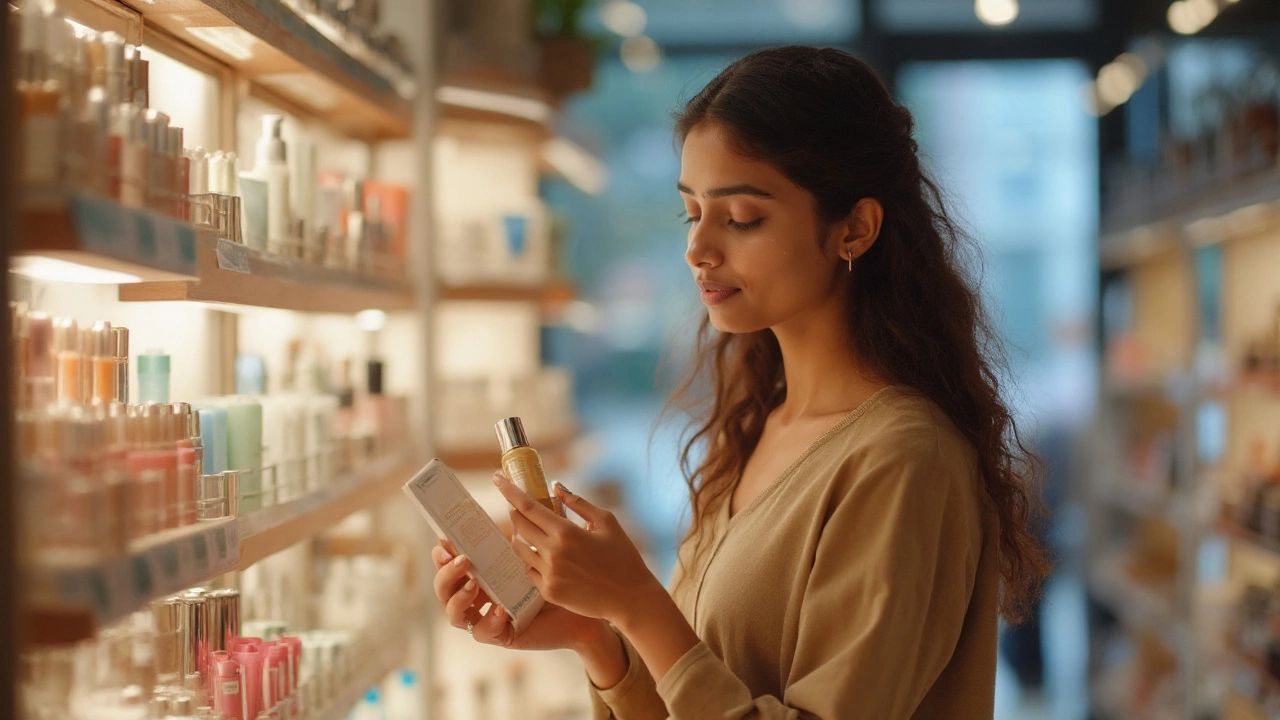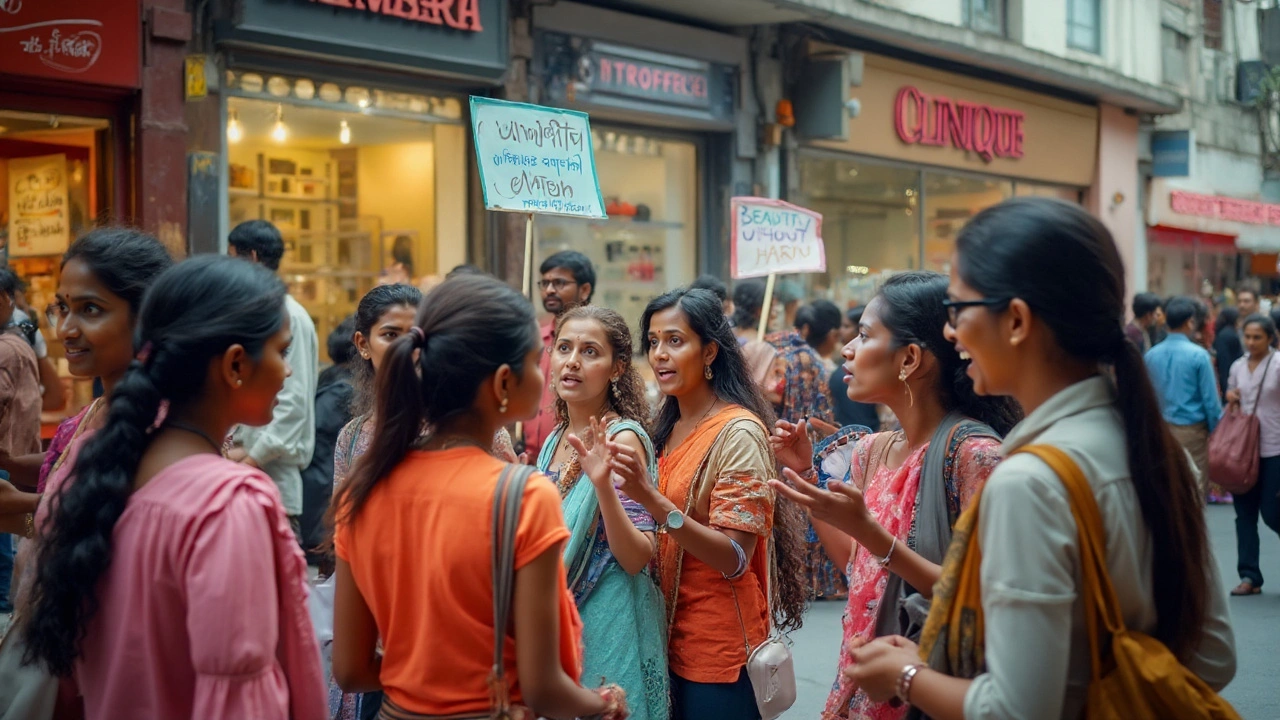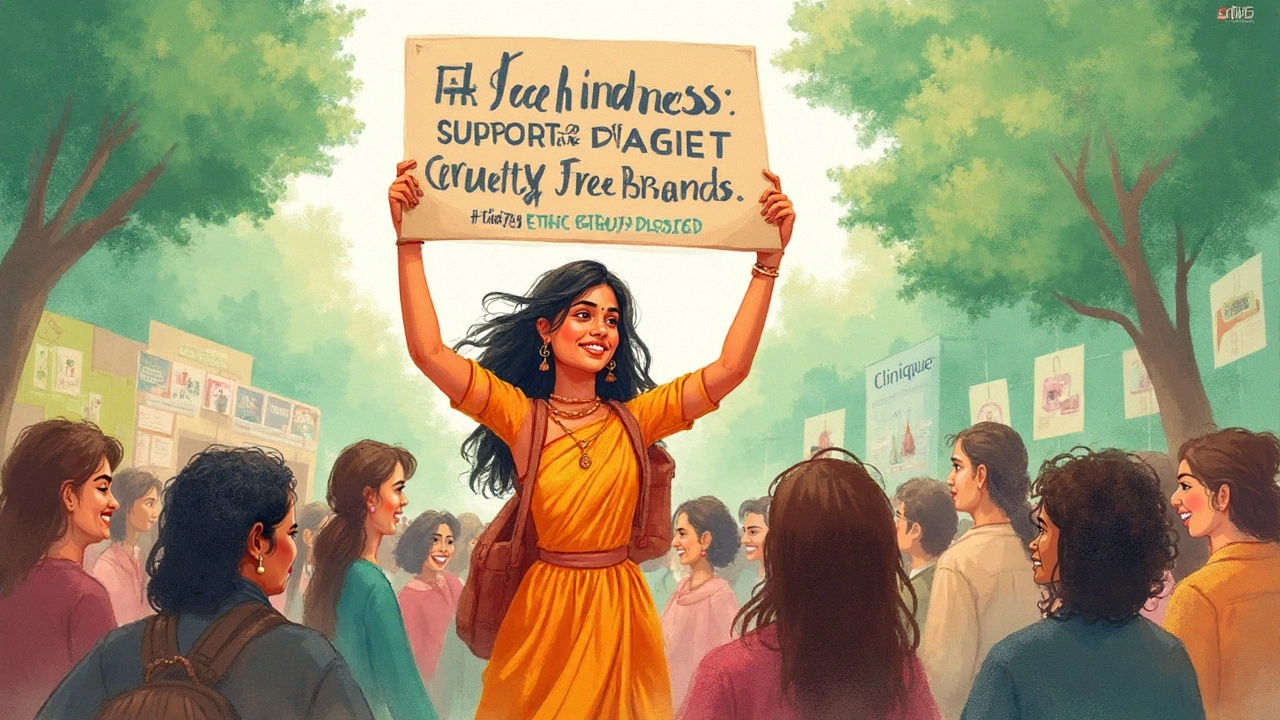
Imagine scanning the shelves at your favorite beauty store, looking at those familiar Clinique bottles with their cool, clinical charm. In a world where shoppers care more than ever about what goes into their skincare—and what happens behind the scenes—the question burns brighter than a summer day: is Clinique finally stepping into the cruelty-free future, or are they stuck in the past?
Clinique: An Iconic Brand in the Spotlight
Clinique sits comfortably on millions of bathroom shelves. Since the brand’s launch in 1968, it has promised “Allergy Tested. 100% Fragrance Free.” For decades, it’s been a byword for gentle, dermatologist-developed skincare. It’s easy to spot: that clean, almost medical packaging, endless counters at department stores, and a tight grip on generations who trust it to tread softly on sensitive skin. But in 2025, being gentle isn’t just about skipping fragrance or allergens—it’s also about what happens to animals in the name of nice skin.
Clinique is part of the Estée Lauder Companies, a massive beauty parent group that also owns MAC, La Mer, and Bobbi Brown. Most people don’t realize how many popular skincare and makeup brands live under the same corporate roof. In the last ten years, the entire beauty industry has faced outspoken pressure to ditch animal testing for good. Every Gen Z beauty lover I know checks for that Leaping Bunny logo before buying anything. Social media drags any company caught waffling on this issue!
In the nineties and early 2000s, cruelty-free felt like a niche—now, it’s mainstream. According to a 2023 survey by Statista, more than 80% of American beauty shoppers think cruelty-free status is “important or very important.” Wholesale retailers, subscription boxes, and even Amazon tag cruelty-free items so you can filter your search up front. The climate is shifting, but Clinique, like its siblings under Estée Lauder, faces unique hurdles. Why? Let’s dig in.
Defining Cruelty-Free: What Does It Actually Mean?
Let’s clear up the confusion. ‘Cruelty-free’ isn’t just a nice sticker or a vague promise. It means no part of the product—or its ingredients—has been tested on animals at any stage, anywhere in the world. No exceptions. But there’s a twist: not every country defines it the same way. And not every logo means the same thing. Beauty products might be called ‘cruelty-free’ on a brand’s website while still being tested under certain circumstances somewhere on the planet.
The major worldwide certifications are Leaping Bunny and PETA’s Beauty Without Bunnies. Both organizations require rigorous, third-party-verified documentation that suppliers, labs, and manufacturers never touch animal tests. It also covers imported goods. A few smaller certifications exist, but these two are the gold standard.
But here’s where it gets sticky: China, the world’s second-biggest beauty market, has long required animal testing for imported cosmetics. Big companies—Clinique included—don’t want to lose out on millions of potential customers, so in the past, they’ve agreed to local testing rules to sell in China. Even if Clinique says “We don’t test on animals except where required by law,” that “except” means animal tests happen somewhere. For shoppers who want no animal harm—at any stage, no matter what—that’s a dealbreaker.
Quick tip: Don’t assume green packaging or vague language like “not tested on animals” means a product is truly cruelty-free. Always look for the official certification logos, or check the current cruelty-free lists at Logical Harmony or Cruelty-Free Kitty, two of my favorite, most obsessive resources.

The Reality: Clinique’s Cruelty-Free Status in 2025
So, where does Clinique stand as of August 2025? Here’s the short version: Clinique isn’t certified cruelty-free. They have a public-facing policy that reads something like, “Clinique does not test on animals. We never ask others to test on our behalf, except when required by law.” Sounds good, but the “except when required by law” caveat remains a problem. It's the loophole that swallows the promise.
This is most relevant in mainland China. While China has made some regulatory changes (like waiving mandatory animal testing for many non-special use cosmetics since 2021), imported cosmetics can still face animal testing in some cases—especially with claims like “whitening,” “sun protection,” or when regulatory authorities require post-market safety checks. Since Clinique sells products in China, they cannot guarantee every product is totally untouched by animal testing.
Here's a revealing fact: As of spring 2025, neither PETA nor Leaping Bunny lists Clinique as cruelty-free. Their parent company, Estée Lauder, has slowly rolled out cruelty-free policies with some of their brands. Smashbox, for instance, is certified by PETA. But Clinique hasn’t landed on either the PETA-approved or the Leaping Bunny list yet, even after widespread calls from activists and growing consumer demand.
For comparison, let’s look at some numbers. According to the Humane Society International, more than 500 beauty brands worldwide are certified as cruelty-free by one major non-profit group. That number grows every year, especially as companies find alternative safety-testing methods using lab-grown human skin cells or computer models. But Clinique, despite its huge market share and innovation claims, has not joined this group yet.
| Brand | Cruelty-Free Certified (2025) | Sells in Mainland China? | Parent Company |
|---|---|---|---|
| Clinique | No | Yes | Estée Lauder |
| Smashbox | Yes | No | Estée Lauder |
| The Body Shop | Yes | No | Natura &Co |
| Maybelline | No | Yes | L'Oréal |
| E.L.F. | Yes | No | e.l.f. Beauty |
People ask me all the time—can I just stick to Clinique products made or sold in the US and avoid the dilemma? It’s a tricky issue. Brands aren’t always transparent about the provenance of each batch or product. If a brand is willing to greenlight animal testing for one country, the cruelty-free community won’t recognize them as such, no matter where you bought your bottle.
Behind the Scenes: Why Hasn’t Clinique Gone Cruelty-Free?
So, if cruelty-free beauty is so clearly the future, why hasn’t Clinique made it official? The answer is both simple and frustrating: money and logistics. China is a huge market. For big international brands like Clinique, the business case to keep selling there is overwhelming. Even if new Chinese cosmetic regulations have dialed back some mandatory testing, loopholes linger—enough that brands still say “except where required by law.”
On top of that, Estée Lauder Companies doesn’t just juggle one brand; it manages dozens. A policy shift for Clinique could cause headaches across their global supply chain, especially for claims tied to skin treatments, anti-aging, or SPF—categories China still scrutinizes. Overhauling testing methods, supplier agreements, and documentation on that scale takes years, not months.
There’s another layer, too. Even though non-animal test methods are now widely available—think lab-grown tissues, advanced computer modeling, and even artificial intelligence-powered toxicity screenings—some ingredient safety records date back to when animal testing was the only option. Stress runs high when legacy brands like Clinique have to document safe use histories while moving to modern, non-animal testing.
Switching to cruelty-free status isn’t just an ethical decision. It’s a complex, multinational puzzle with legal, financial, technical, and supply-chain consequences—a fact that often gets lost when consumers hashtag-callout a favorite brand. But that doesn’t mean it shouldn’t change. Brands like e.l.f., The Body Shop, and Youth To The People have all shown it’s possible to do the right thing and still thrive in a competitive space. They’ve built their reputations on it! Clinique, stuck in cautious corporate speak, can seem like a dinosaur in today’s evolving beauty jungle.

What Can Shoppers Do? Making Your Beauty Routine More Ethical
It’s tough when an old favorite doesn’t match your new values. Trust me, I’ve been there. If you’re rethinking Clinique because of their animal testing policies, you’ve got options. Loads of brands are certified as cruelty-free and use gentle, science-driven formulas—Bliss, First Aid Beauty, REN Clean Skincare, and of course e.l.f. Cosmetics, just to name a few. These brands are honest about where and how their products are made. They show up on trusted, regularly updated cruelty-free lists.
If you want to keep up-to-date, bookmark sites like Cruelty-Free Kitty or Logical Harmony. They audit brands, publish real brand statements, and keep an eagle eye on strangers in the supply chain. They’ll even email you if a brand’s status shifts.
Remember, choosing cruelty-free is not just about the bunny logo—it’s about pushing for transparency and conscious consumerism. Even writing a polite email to brands you love (I do this, especially after a glass of wine!) creates ripples. The more shoppers ask, the more pressure brands feel. When beauty giants see sales slip or public image shift, the boardroom talks start and things change a lot faster. Look what happened with CoverGirl—public demand pushed their entire policy overhaul and Leaping Bunny certification back in 2018.
If you’re juggling sensitive skin, allergies, or want effective formulas, you don’t have to give up results for ethics. Do patch tests (especially with new actives), read ingredient lists carefully, and stay updated—the clean beauty space is booming with smart, gentle, and certified brands. My husband Julian always jokes that our skin care routine is a chemistry lab—luckily, most cruelty-free brands are obsessed with ingredient safety and transparency. Ask for advice in store, read reviews, and remember: your one tiny purchase counts a lot more than you think.
So while Clinique isn’t cruelty-free as of now, they’re feeling the pressure. If you care about animals, want transparency, and are ready to support a future where great skin doesn’t cost innocent lives, the options have never been better. And honestly, nothing feels as good as looking in the mirror and knowing your glow is guilt-free.
 Hair Care
Hair Care